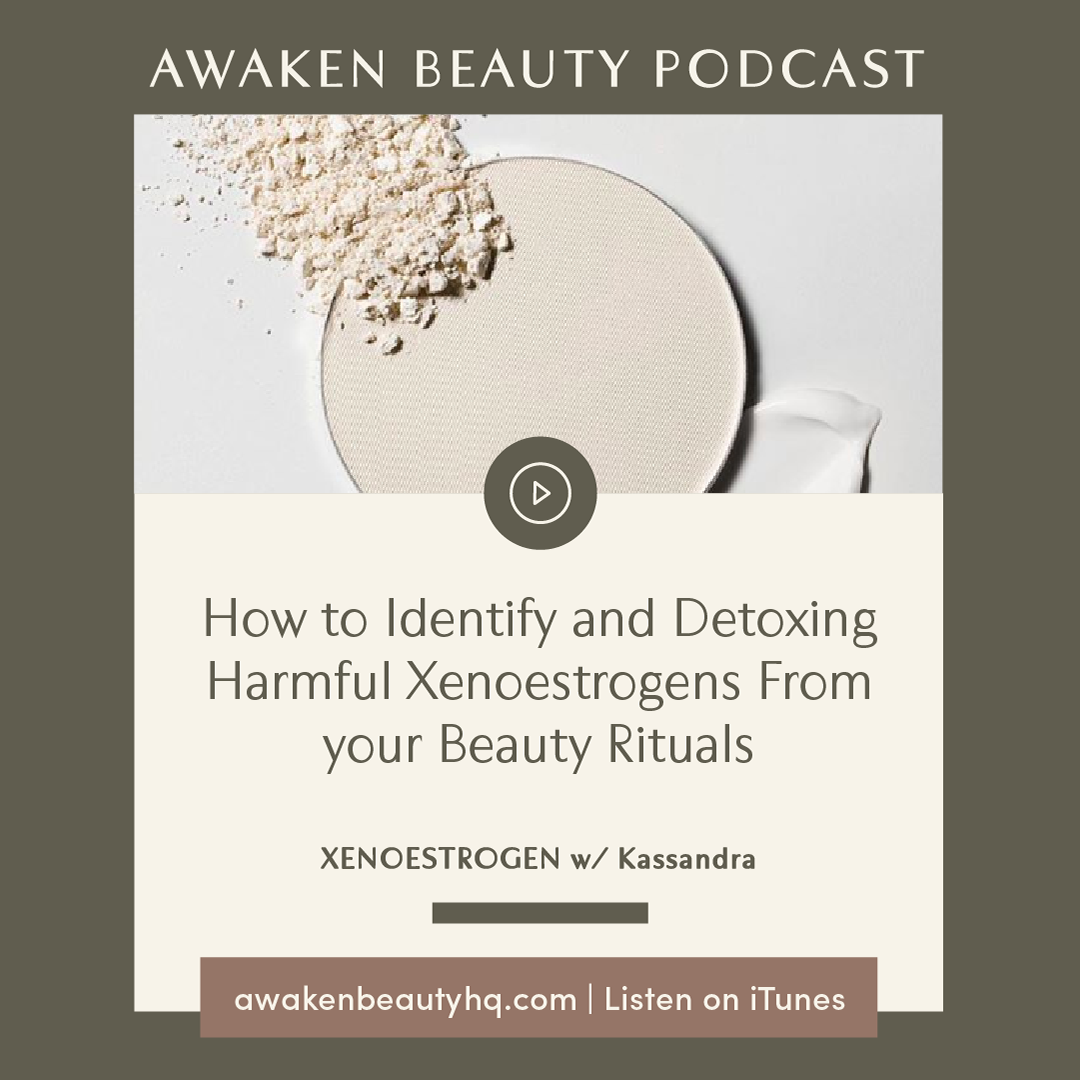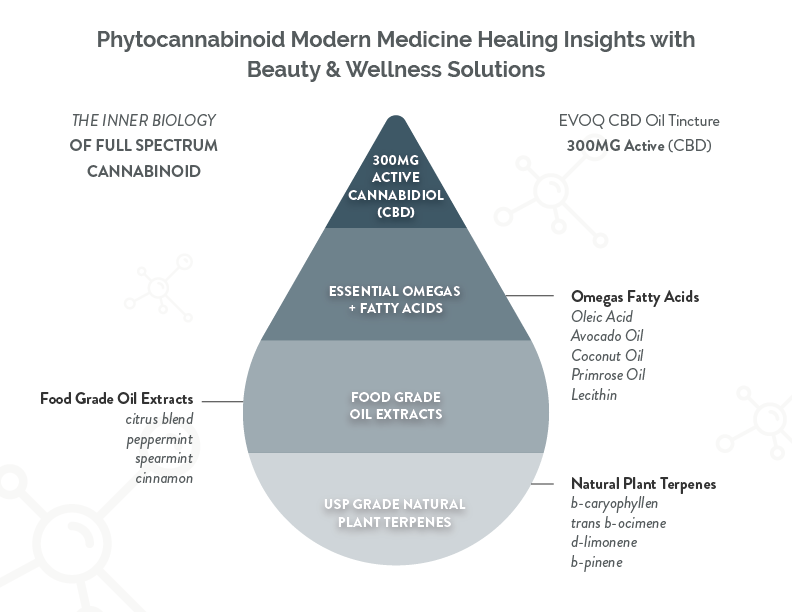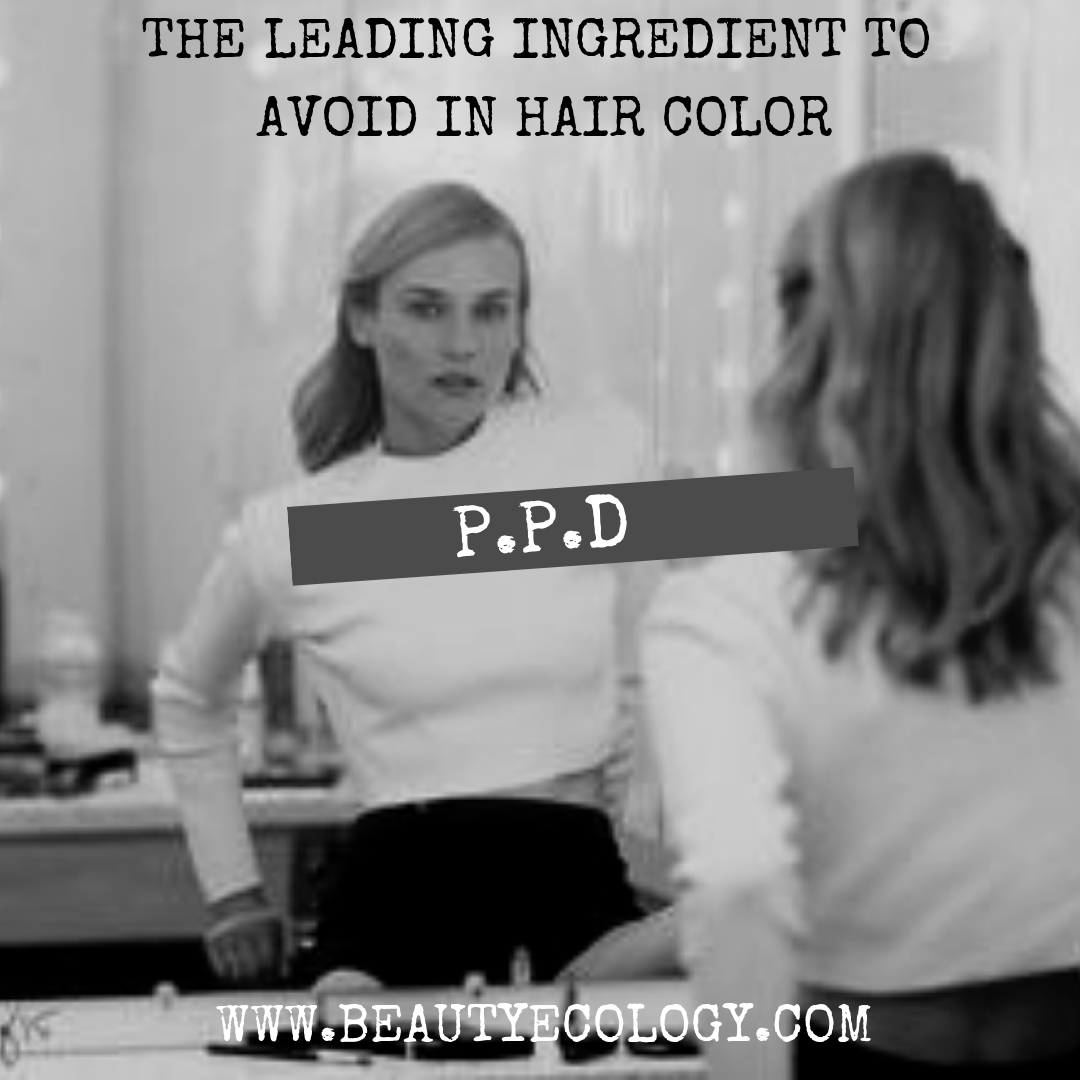Hi dear one!
I hope you’re doing great! This powerful time together is a carry over [ part 2 ] from our previous conversation about estrogen mimickers called xenoestrogens.
Many personal care products such as cosmetics, shampoos, and body lotions, contain harmful chemicals. For example, one of the most common chemicals found in personal care products is “Fragrance,” which can be made up of hundreds of various chemical compounds. Fragrances are linked to liver and kidney damage, cancer and endocrine disruption which interferes with your adrenal, thyroid and reproductive glands.
When we use these personal care products we can inhale the toxins as well as absorb them through our skin (the largest organ that connects to the inside of our body).
It’s simple enough just to say “Opt for natural plant-based alternatives with simple ingredients that have names you recognize…” its just as important to know the why and how to recognize the unwanted ingredients damaging our health.
Before we move forward, make sure you’re read up on how the pesky chemicals mimicking our estrogens succumb us and cause havoc in the first place!
For a quick review:
WHAT ARE XENOESTROGENS?
Xenoestrogens are synthetic substances that mimic estrogen. Unfortunately, unlike estrogen, which the body fully eliminates after its job is done, xenoestrogens are stored in fat cells where they disrupt the proper functioning of the reproductive system and increase hormone imbalances and the risk of disease in the breast and ovaries.
Causes of Estrogen Dominance
The body accumulates excess estrogen in two ways:
Endogenously (inside) - We make too much of our own estrogen and it’s not being properly eliminated.
Exogenously (outside) - Excess estrogens enter the body from external sources, such as foods, the environment, toxins, and chemicals, and are not being properly eliminated.
Excess Estrogen Common Catalysts:
Stress -
Surprise! The leading cause of endogenous estrogen stems from excessive and prolonged stress which inversely decreases progesterone production to make more cortisol, the main stress hormone. This results in high estrogen levels in relation to progesterone.
Impaired Liver Function –
Mentioned in part one, we know the liver removes excess hormones from the body, and if not working properly - it leads to estrogen dominance.
Dysbiosis –
A higher count of bad bacteria vs. good bacteria in the gut inhibits the conversion of estrogen into water-soluble molecules. This causes the estrogens to recirculate back into the bloodstream where it can re-exert its effects. Gut health is very important for the metabolism of all hormones.
Now onto the deeper understanding of ( Xenoestrogens ) from Personal Care Products
You may be overwhelmed, but trust me - reducing your xenoestrogen exposure through awareness when applied to your beauty products is easier than you think. The impact is huge, and I have no doubt this will be helpful and clarifying for you and your beautiful health!
Two Reasons Why Xenoestrogenss Hidden in Skincare Is Harmful
Increase of Cancer Risk
About 40% of all cancers in women are hormonally driven. When estrogen mimickers are present in our beauty products - it increase the overall levels of circulating hormones. This is why it may also increase our risk for certain cancers, specifically breast cancer.
Breast cancer is estrogen-dependent. Research has shown that xenoestrogens in personal care products can pose an increased risk of breast cancer.
Fertility
In women, exposure to xenoestrogens can predispose us to estrogen dominant related health conditions like PCOS, Endometriosis, and Fibroids and fertility.
Exposure to xenoestrogens is not the sole cause of these fertility, rather it’s constant exposure to these endocrine-disrupting compounds, like in your daily skincare routine that affects these conditions.
When becoming pregnant, xenoestrogen exposure can also be harmful. In mice, exposure to xenoestrogens during pregnancy has been shown to affect the estrogen levels of the developing fetus. Men are perhaps even more susceptible to the negative effects of xenoestrogens on their fertility than women are.
Xenoestrogens could be contributing factors to the deterioration of these men’s semen quality, resulting in their inability to conceive.
So, if you and your partner are having trouble getting pregnant, xenoestrogens in a beard oil or facial cream should be assessed as a easy way to reduce your exposure to these endocrine-disrupting compounds.
Which leads me to how to awaken to xenoestrogens in our personal care and beauty products.
Outside-In
When you consume chemicals internally they are first filtered through the liver before they make their way into the bloodstream, but when you use skincare products that contain xenoestrogens, they may pose risk through absorption.
Top INGREDIENTS To Remove
Phthalates: Are round in cosmetics, cleaning products, food packaging, and detergents, PVC plastic, toys, and plastic wrap.
Buyer beware, the worst part about Phthalates is that Phthalates often times hide in the ingredient list under “fragrance.” Companies are able to vaguely label a group of ingredients as simply “fragrance” in order to protect trade-secret ingredients.
Phthalate
DEP
DBP
DEHP
Parabens: found in deodorant, antiperspirant, moisturizer, sunscreen, and makeup.
Parabens show up in personal care products because they are antimicrobial agents and preservatives.
Ethylparaben
Butylparaben
Methylparaben
And other ingredients ending in “-paraben”
Looking for a “paraben-free” label is the easiest way to avoid exposure to these xenoestrogens in your skincare products.
Formaldehyde: A known carcinogen and irritant found in nail products, hair dye, fake-eyelash adhesives and some shampoos. It has been banned in other countries.
Fragrance: Has hormone-disrupting effects. Fragrance is also connected to headaches, dizziness, asthma and allergies. Instead, use products with natural fragrances only.
Lead: A known carcinogen and hormone disruptor found in certain eyeliners, hair dye and lipsticks.
Mercury: A known irritant and allergen that, with body accumulation over time, can impair the brain and nervous system.
Oxybenzone: An active ingredient in chemical sunscreens that accumulates in fatty tissues and is linked to allergies, hormone disruption and cellular damage. I recommend wearing skin-protective clothing and using natural minerals or zinc products.
DEA/TEA/MEA (Ethanolamines): Used as emulsifiers and foaming agents for shampoos, hair color, body washes, soaps and topical application. It’s been associated with cancer in animal studies.
Sodium lauryl sulfate (SLS, SLES): A former industrial degreaser now used to make soap foamy, it’s absorbed into the body.
Diethylene glycol (or DEG): A central nervous system depressant and potent kidney and liver toxin. Sometimes found in fragrances.
Note: Glycerin and propylene glycol are sometimes contaminated with DEG, which are common ingredients in personal care products.
Stay Beautiful Inside and Out by Focusing on Nutrition and Detoxification
In conclusion, reoccurring toxins that build up in the body can adversely impact one’s health, hormones, looks and overall well-being.
I suggest checking your beauty-product labels, eating a plant rich diet, frequent exercise and plenty of water to stay hydrated and help your body naturally flush out toxins not only keeps xenoestrogens at bay but might also deter blemishes and fine lines that show up on your skin.
If you are having skin issues or any hormonal imbalance symptoms you should have your hormones tested instead of guessing. The comprehensive hormone panel is an excellent starting place for evaluating hormone function.
Small changes can add up to big impacts, so keep your eyes open for them and continue making healthy choices where and when you can.
To start making confident and empowering decisions today, head on over to www.evoqbeauty.com where you’ll find Xeno-FREE hair, skin and wellness products galore!
Awaken Beauty Podcast:
Please like, subscribe if you’re not already part of our tribe and comment what you learned with your 5 star review!
Want to grab the top most offensive xenoestrogens in youre life? Just head to Awakenbeautyhq.com and find this mini episode with show notes!
Looking for natural, organic and hormone disruption free skin and body care? Then you know where to go! Head to Evoqbeauty.com. E-V-O-Q beauty.com and enter “AWAKEN” for your very first order!
XO Love n’ light, Kassandra









































